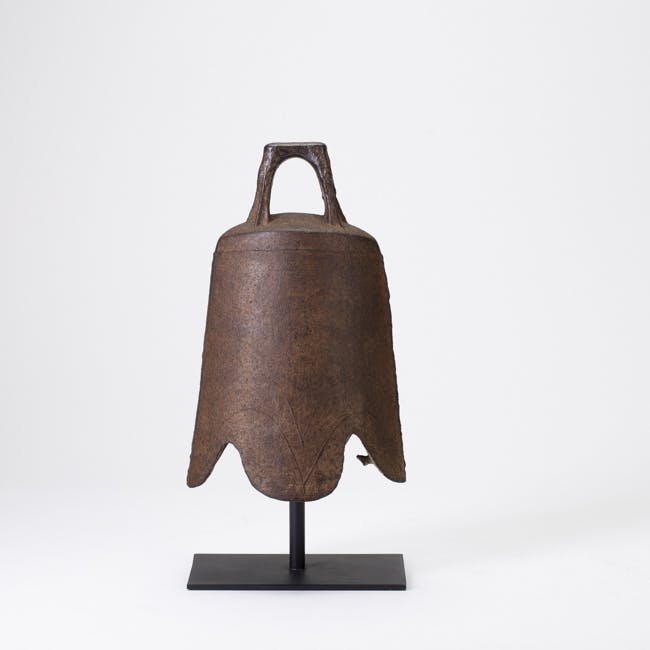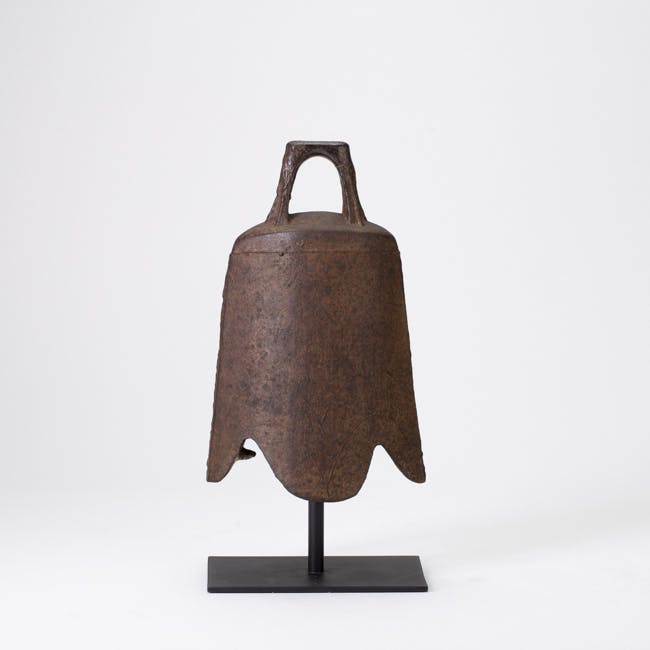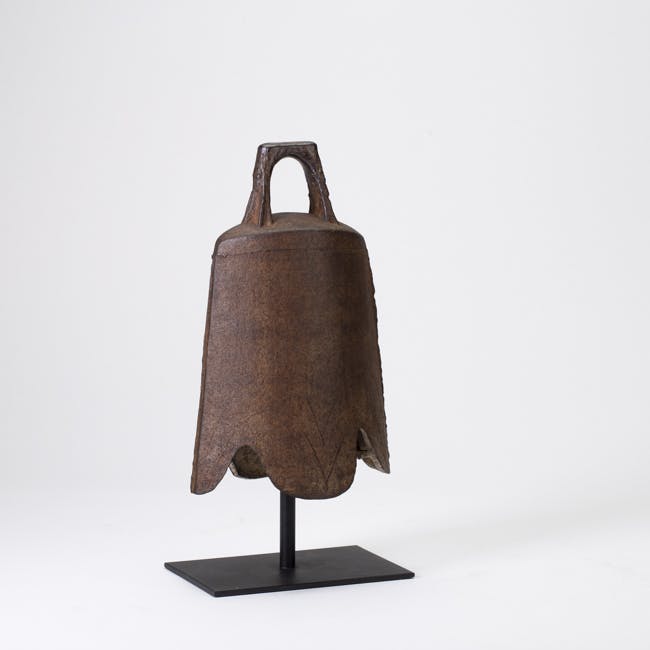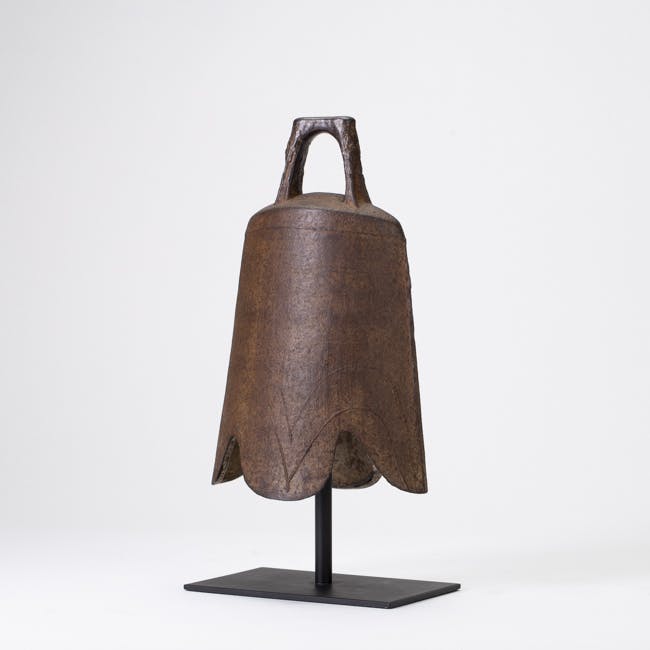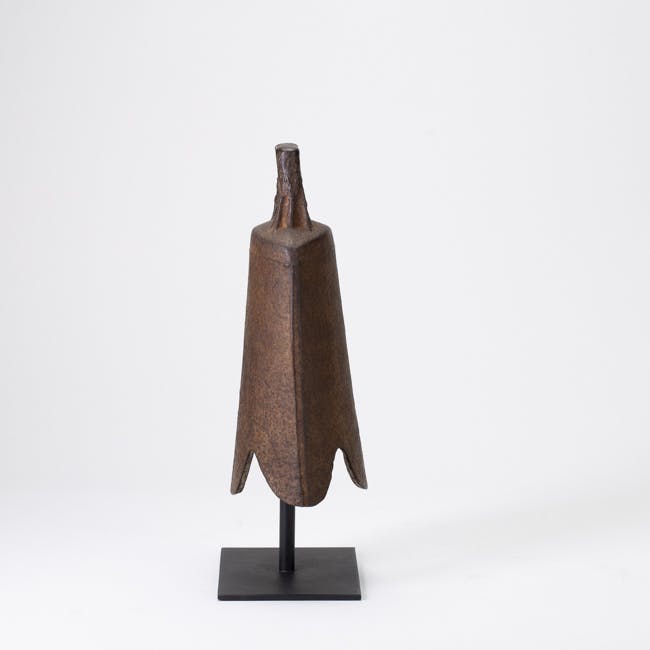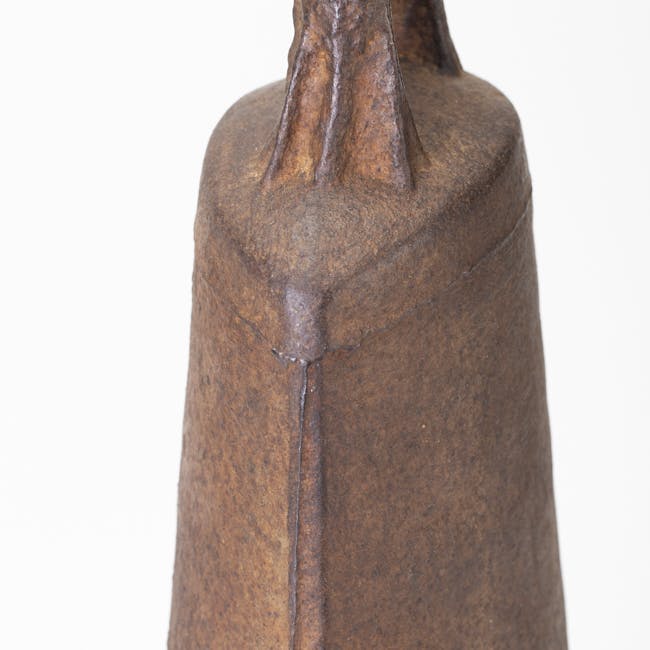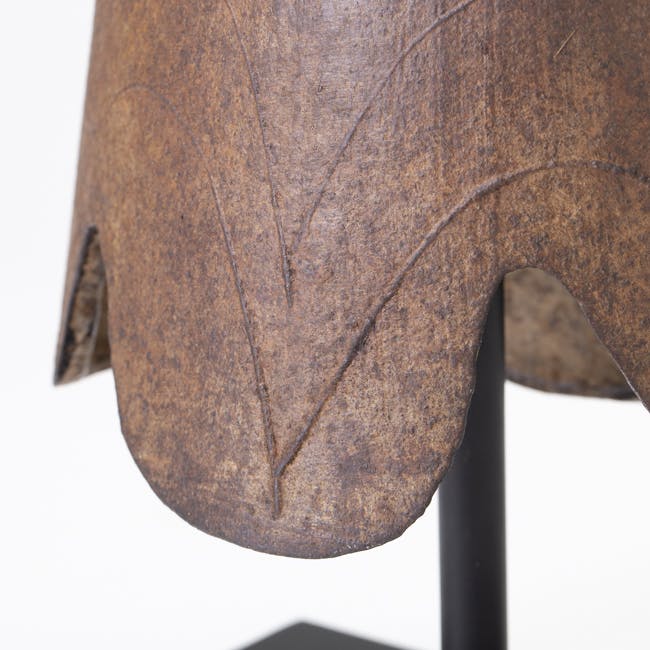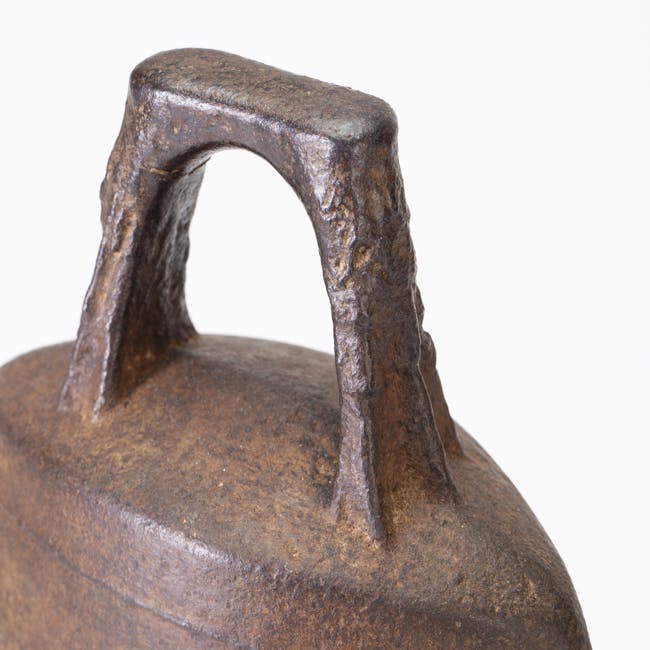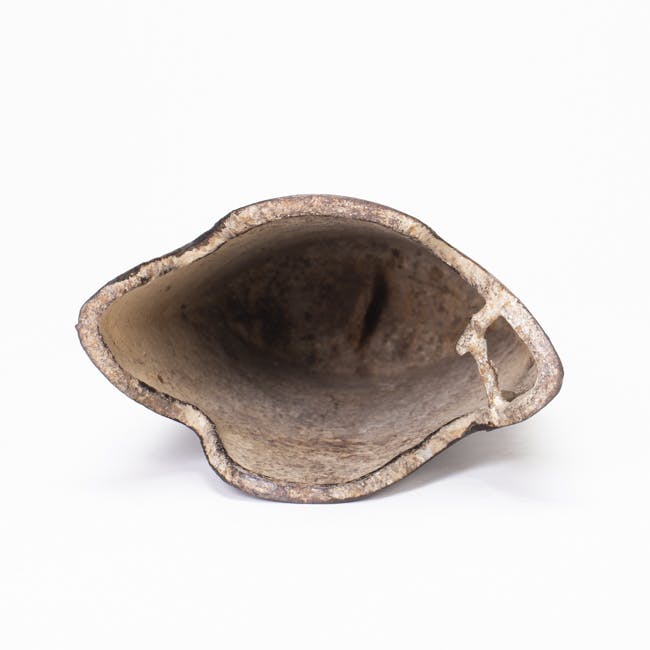Amongst the well known inventions in China - such as paper, gun powder, porcelain and the magnetic compass – Iron casting is a lesser publicized one. About 300 BC ironworkers in China discovered that burning iron ore mixed with charcoal produces a thick metallic liquid instead of a bloom. We now know that carbon from the charcoal mixes with the iron to produce an iron alloy with a low melting point (1130°C). The hot liquid can be poured into a mold where it cools into hard, durable (but brittle) cast iron.
Cast iron is not really iron, and not all iron that is melted and cast is cast iron. In today’s usage, cast iron is one of a number of alloys of iron with carbon (and less importantly silicon, manganese, and other elements). Steel is also partly iron combined with carbon, but in cast iron there is more carbon than in steel. Although they did not know that the new method worked largely because charcoal is almost pure carbon, the Chinese quickly appreciated the advantages of cast iron over wrought iron. They also soon learned to vary the recipe to produce cast iron with different qualities, such as forms that were less brittle when cooled. The ability to cast the new alloy meant that all of the techniques previously developed for casting bronze or gold could be adapted. The Chinese were now able to cast iron into ornamental and functional shapes.
This expertise allowed the production of pots and pans with thin walls and allowed rich ornamentations and complex shapes. Common objects were ploughshares, swords, temple bells and water vessels. Cast iron became an important part of Chinese life, long before it became available in Europe, with Chinese production reaching levels of over 150,000 tons a year!
